Clive Myrie
Chief presenter
'It's going to be a long night': Watch as Clive Myrie finds corridors filled with beds at London hospital
It's just before 10:00 GMT at the Royal Free Hospital in north London.
Raymond Dubbery is 81 and suffering from pneumonia. His hair thinning, he's frail and very thin. The skin hangs from his limbs. Transferred here from his care home, he's not eating much.
The hope is he could be discharged soon, but he doesn't like his care home and doesn't want to go back.
Dr Khai Lee Cheah, consultant in elderly care, holds his hand. Raymond tells her he wants to live somewhere he'll be happy.
"I take your point completely," she tells Raymond. "That your care home should be somewhere to live, and not just somewhere to die."
I'm spending 24 hours at the Royal Free for a glimpse of the challenges facing the NHS as it grapples with intense winter pressures.

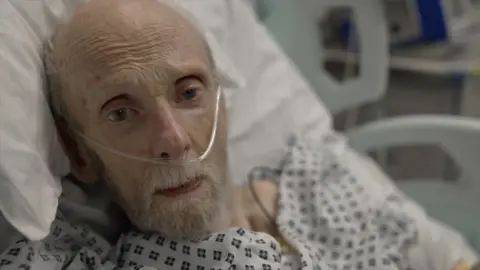
Raymond Dubbery was transferred to hospital from his care home
For patients like Raymond, who has no family, hospital staff have become social workers - a point of human contact at a time when the social care sector is under strain.
It's a dilemma for the medical staff, with 15-30% of patients at the Royal Free medically fit to be discharged but unable to go home, for a myriad of reasons.
The hospital has its own discharge team - whose job it is to safely get patients out of the door, to free up beds for new admissions. Just under 14,000 people who are medically fit are still in English hospitals and can't go home, through no fault of their own.
At the Royal Free London Trust, there are 275 people occupying beds who don't need to, at three major sites. That makes up nearly 20% of all the beds the trust has.
Faye Rogers, on the discharge team, has been on the phone with a removals company. She's trying to get someone to visit the home of a patient to shift a wardrobe in the bedroom, to make space for an essential hospital bed.
"This is the kind of issue we have to deal with everyday," she says.
"Sometimes a family member has the keys to a patient's house, and they've gone on holiday. Some patients forget the key code to their front door, so no one can get in. The problems are mundane and routine but make it difficult for people to be discharged and they're a regular occurrence."
As night falls, corridors full of patients
Mid-afternoon is easily the quietest time during our 24 hours at the Royal Free, with some of the ambulance staff we come across cautioning that things will change as day turns to night. And they are right.
From around 8pm, more and more patients turn up at A&E, on foot and by ambulance. All the assessment bays where patients are triaged on arrival fill up quickly and are in constant use for the next five hours.
That leads to a spillover into the corridors, with patients in wheelchairs, on hospital beds and gurneys filling all the available space. The wards on either side are full too. It's cramped and depressing - but a familiar scene in hospitals right across England.
At around 10pm we come across Cathleen Hill who's 86, sitting in a wheelchair among those in the corridor. She has a facial injury and a bloody nose.
She tells me she arrived at the hospital seven hours earlier. She has already seen a doctor but is now having to wait. Her white hospital bib, tucked into the collar of her grey jumper, is splattered with congealed blood.
I ask her if she's with anyone. "No, I've been here on my own," she tells me.
"On your own, the whole time?" I ask. "Yes," she says, resigned to her predicament.

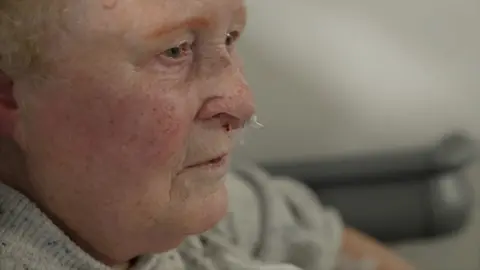
Less than 5ft (1.5m) away in the corridor a man lying on a gurney begins to groan. Islam Iskau, who's 72, is wearing an oxygen mask and is grimacing from pains in his leg. He has been waiting in the corridor for around three hours.
His moans and groans grow louder, as he writhes on the gurney. Eventually a friend who is with him manages to find a nurse to get him some painkillers.
For patients waiting in the corridor, there is no privacy. Some might argue no dignity either, with their pain and ailments, oxygen bottles and intravenous drips all on public display.
Then suddenly, an emergency alarm goes off. A patient in one of the wards is having a seizure. The doctors and nurses on duty, professional as ever, head straight for her bed, at least six or seven people. They need to get her to the resuscitation area fast, to save her life. But they can barely make their way out of the ward, because of all the patients in the corridor.
A little later an ambulance drops off a man with mental health problems, who has cut himself in the lower abdomen with a knife. Despite the self-harm and his mental state, the ambulance staff tell the on-duty nurse that the outside mental health assessment service CASS, had refused to intervene, saying the patient wasn't in crisis.

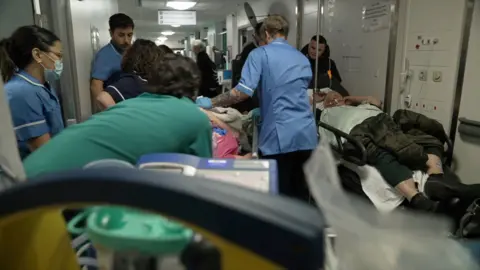
The duty nurse shakes her head in disbelief, writing down the details. Once again the Royal Free's A&E is being left to carry the can for another agency.
Resident doctor Charlie Hall, who's on duty, tells me he comes from a long line of doctors. "It's not the health service I signed up for, at the age of 17," he says.
"The access to services, I feel, are creaking for patients and the ability to provide high-quality care is creaking. A lot of patients are very dissatisfied with what's going on, and I don't blame them. We're doing our level best in the hospital to give them the best treatment and the best options, but you can only apologise so much."
When our filming is over, we learn that Raymond Dubbery has died on the ward.
For just 24 hours, we saw the NHS up close, fighting uphill battles every day.

 German (DE)
German (DE)  English (US)
English (US)  Spanish (ES)
Spanish (ES)  French (FR)
French (FR)  Hindi (IN)
Hindi (IN)  Italian (IT)
Italian (IT)  Russian (RU)
Russian (RU)  6 days ago
6 days ago

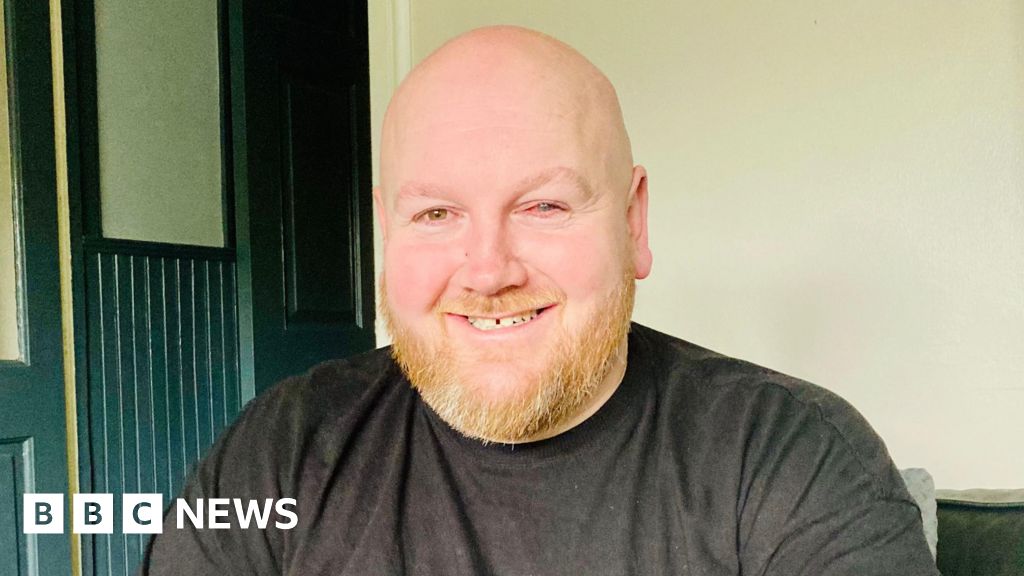
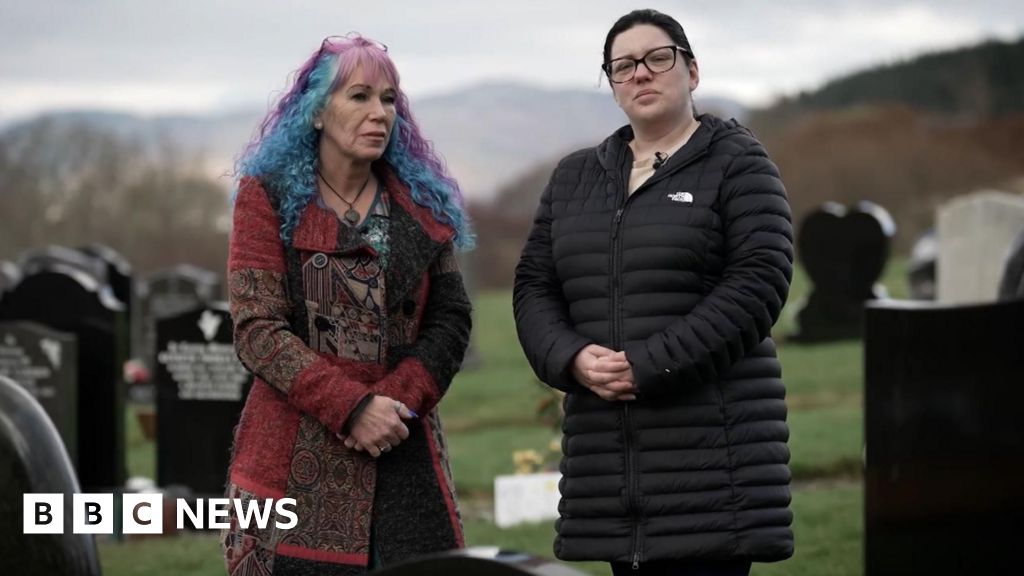
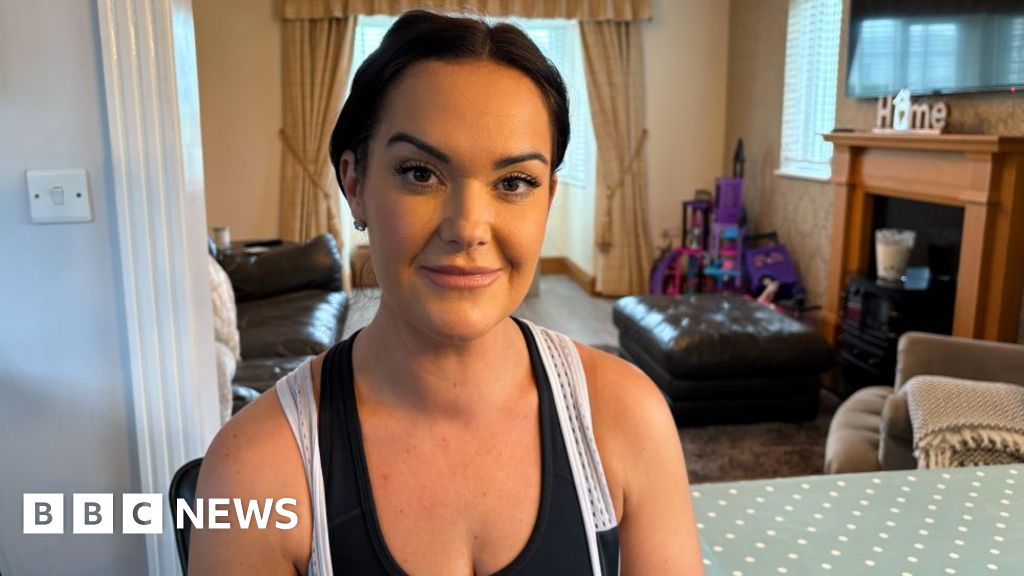
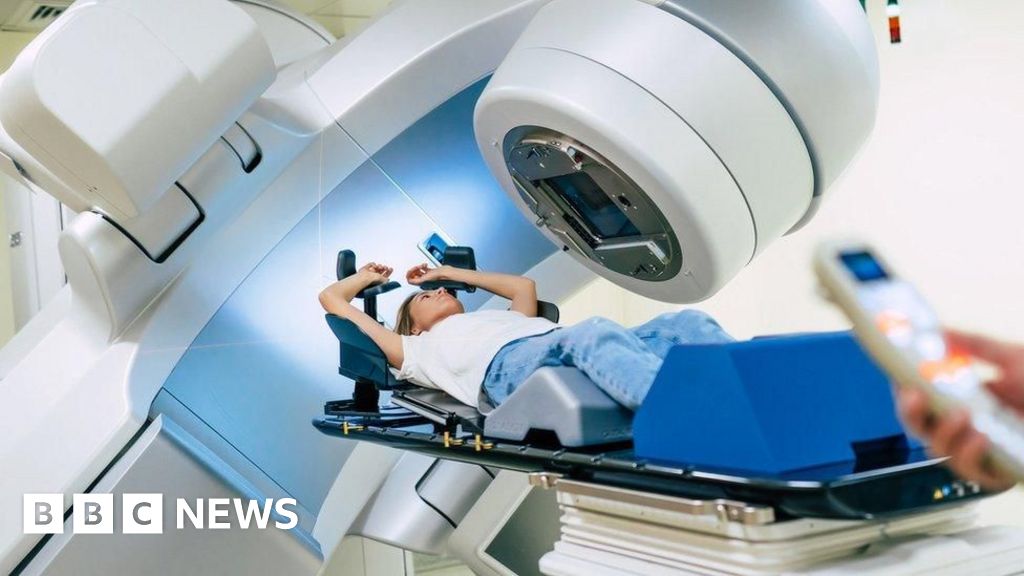
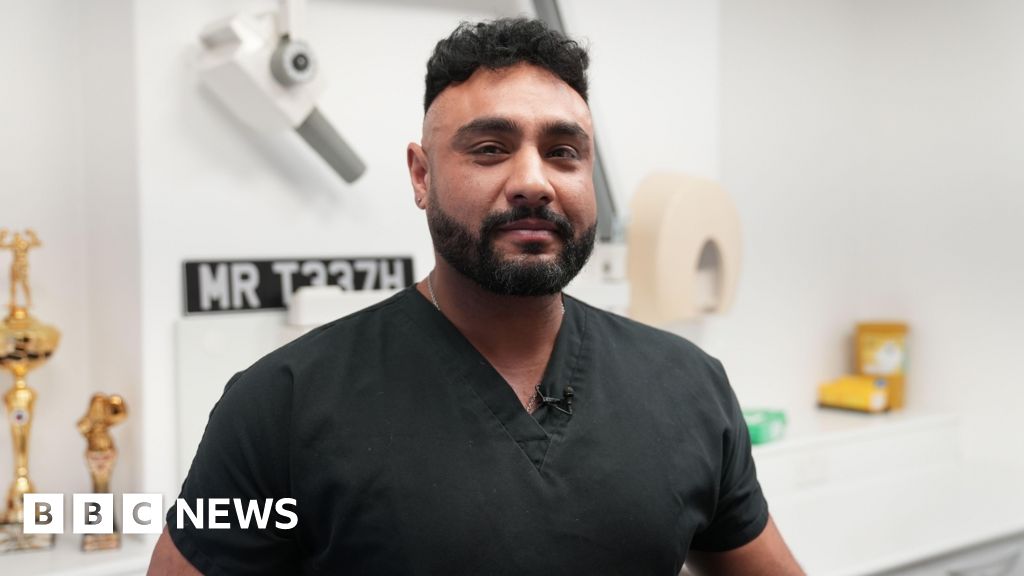
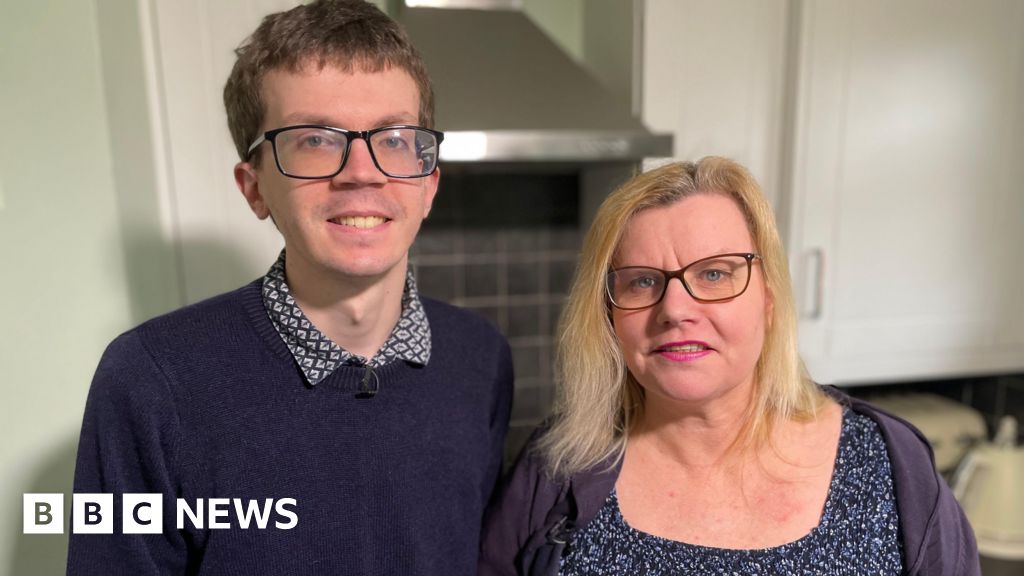

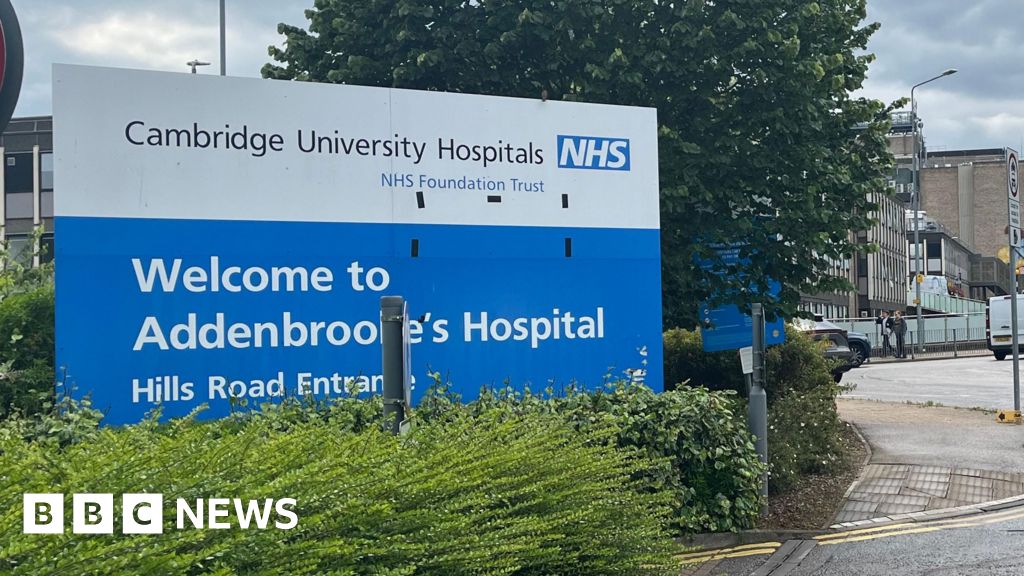















Comments